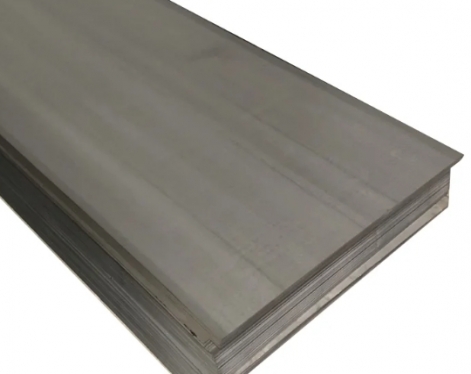1) The storage of steel pipes adopts a single-layer and line-up method, and the two ends of the steel pipe are padded with skids. The distance between the pipes is more than 100mm. When the summer is in high temperature season, the finished pipe during the curing period is covered with a shading net.
2) The hoisting of the anti-corrosion steel pipe adopts a special hook, which is hooked at the two ends of the steel pipe to prevent damage to the anti-corrosion layer. The steel wire rope should not be directly suspended on the pipe body to damage the anti-corrosion layer.
3) Use a special vehicle when transporting finished pipes. This vehicle is equipped with a pair of semi-circular brackets, which are mounted on both ends of the nozzle. Special cable ties are used when tying the transport pipes. Wire ropes are not allowed to prevent damage and corrosion. Floor.
4) Anticorrosive pipes are not allowed to roll on the ground.
5) For steel pipes that are not installed immediately on the construction site, they should be stacked with mats at the mouth of the pipe. The steel pipes should be stacked on a flat place, and any low point of the steel pipe should be higher than the ground.
6) Steel pipes damaged during handling and stacking should be stacked on another side with obvious marks. No attempt to repair should be made without the consent of the supervision engineer. The repair report shall be submitted in written form and obtain the approval of the supervision engineer. If the supervising engineer believes that the degree of damage is sufficient to prove that the steel pipe has been damaged, it shall not be used in the project.
2) The hoisting of the anti-corrosion steel pipe adopts a special hook, which is hooked at the two ends of the steel pipe to prevent damage to the anti-corrosion layer. The steel wire rope should not be directly suspended on the pipe body to damage the anti-corrosion layer.
3) Use a special vehicle when transporting finished pipes. This vehicle is equipped with a pair of semi-circular brackets, which are mounted on both ends of the nozzle. Special cable ties are used when tying the transport pipes. Wire ropes are not allowed to prevent damage and corrosion. Floor.
4) Anticorrosive pipes are not allowed to roll on the ground.
5) For steel pipes that are not installed immediately on the construction site, they should be stacked with mats at the mouth of the pipe. The steel pipes should be stacked on a flat place, and any low point of the steel pipe should be higher than the ground.
6) Steel pipes damaged during handling and stacking should be stacked on another side with obvious marks. No attempt to repair should be made without the consent of the supervision engineer. The repair report shall be submitted in written form and obtain the approval of the supervision engineer. If the supervising engineer believes that the degree of damage is sufficient to prove that the steel pipe has been damaged, it shall not be used in the project.
7) Delivery acceptance refers to the acceptance of the anti-corrosion steel pipe in the anti-corrosion storage yard. The anti-corrosion steel pipe should be inspected one by one, piece by piece during the acceptance.
Tips: Steel casing is used to protect sewer and water lines, gas and oil pipelines, and electrical and fiber optic cables.
Tips: Steel casing is used to protect sewer and water lines, gas and oil pipelines, and electrical and fiber optic cables.









